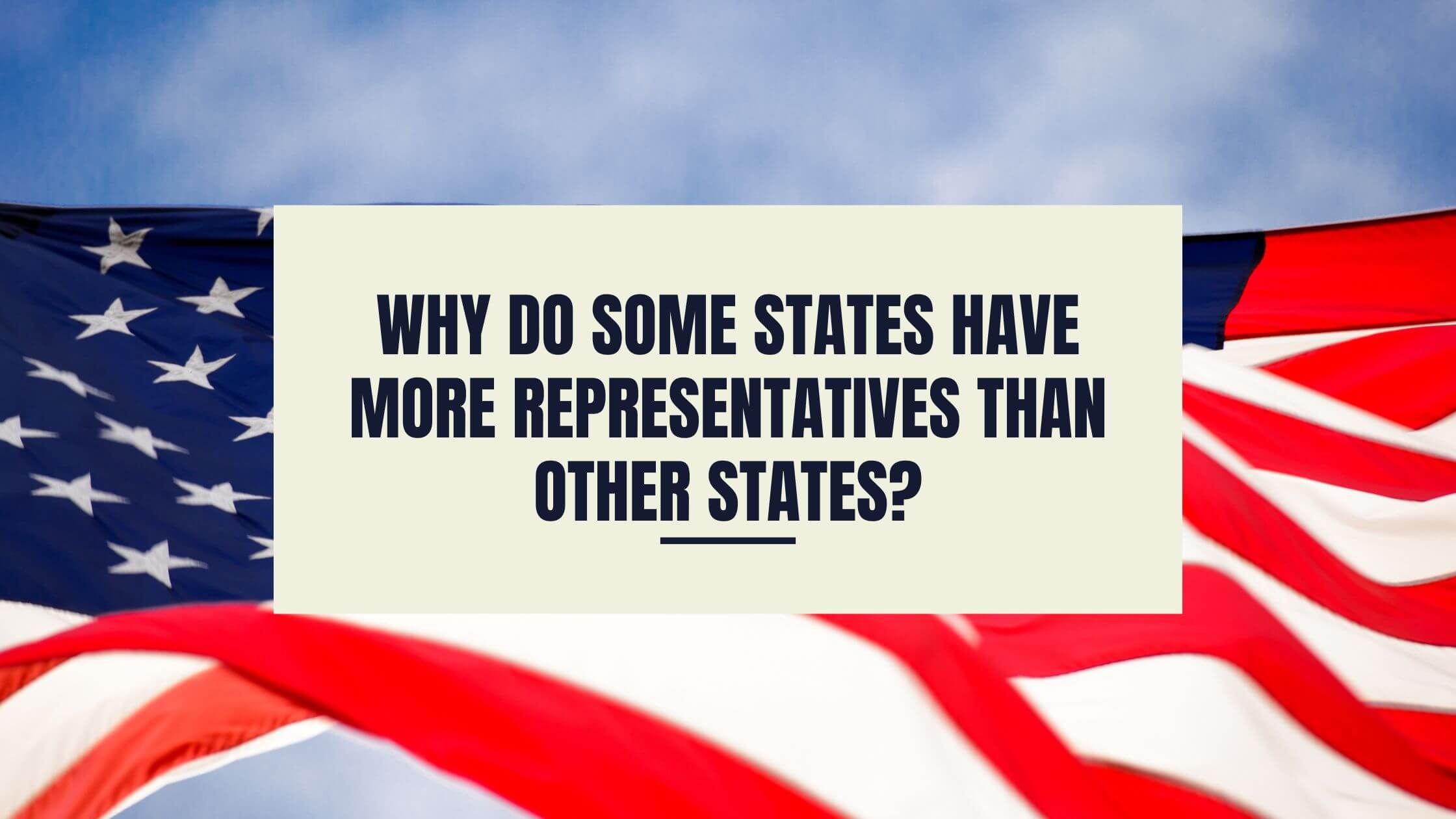Table of Contents
ToggleTo pass the US citizenship test, you will have to answer 10 of a possible 100 questions. The following question is from the USCIS test.
Why do some states have more representatives than other states?
Acceptable Answers:
- (because of) the state’s population
- (because) they have more people
- (because) some states have more people
The following is a full explanation of the USCIS question:
It is all about providing proportional representation to the citizens of each state to better cover the whole population of the United States. It is fairer to allocate a large number to states with big landmasses and metropolitan areas than to states with very few people. So, how are these figures determined, and how do they change to suit the population?
A Census Determines Why Some States Have More Representatives Than Others
The system for allocating numbers of representatives to states relies on data from a census. This census occurs every 10 years to give updated data on population trends. From there, it is easier to determine which states may require the highest number of representatives to best serve them. The last United States census was in 2020, and the figures below reflect the numbers of representatives per state based on that data. These changes will come into effect in 2023.
This process allows for consistent re-evaluation of the balance of power in the House of Representatives without making too many changes. For a while, this meant that the government could assign new figures to give states more representatives as needed. But, today there is a cap at 435, which calls for a more delicate redistribution.
Can the Numbers Go Down As Well as Up?
Yes, the numbers of representatives for each state can and will vary over time. This is essential to make the balance across the House of Representatives as proportionate as possible. For example, after the 2020 census, there were gains and losses for a series of states to reflect changes in the population since the previous count. This led to gains of a single seat for Florida, North Carolina, Colorado, Oregon, and Montana, and a more noticeable 2 for Texas. Meanwhile, one seat was lost for California, New York, Illinois, Pennsylvania, Ohio, Michigan, and West Virginia.
The States With The Most Voters In The House of Representatives
Let’s start with those that have the most. There aren’t that many in double digits, but many that have significantly more representatives than those smaller states. The largest number is 52 for California, which has dropped since the 2020 census. Then there is Texas, which has gained to reach 38. After another gain, Florida is the third with 28, and New York is down to 26 following a loss. From there, there is a noticeable gap between these densely populated states and others with numbers in the teens. Most of these are around the Eastern Seaboard and Great Lakes.
The States With the Least Voters in the House of Representatives
Because of the rule about the population levels affecting voter numbers in the United States Congress, many sparsely populated states have very few representatives. As things stand, there are several with just one. Alaska, Delaware, North Dakota, South Dakota, Vermont, and Wyoming. Montana was the same until gaining an extra member via the 2020 census. Many more states are in single figures due to population density. Rhode Island and Hawaii may be tiny compared to Alaska and Wyoming, but not in terms of people.
How Many Representatives Are There in Total?
When you add up the representatives across the 50 states, you end up with a total of 435. This may sound like a random number rather than something like a rounded 450. But that is where we have ended up since the move to add a cap.
This total of 435 voters in the House of Representatives has remained a constant since 1929. It was then that the government passed the Permanent Appointment Act to ensure that the number could not pass 435. This was more than enough, and the census system would allow for appropriate changes. Before this, the number had simply grown as needed to match the growing populations across the different states.
The exception to the rule was a short period from 1959 when Hawaii and Alaska were admitted into the Union and needed representation under the United States Constitution. They each gained one, and the figures were adjusted for the 50 states following the 1960 census.
Will the Numbers and Caps Change Again?
The cap of 435 has been in place for a long time now, and some critics suggest it is time for a change. One of the best arguments in favor of this takes us back to the idea of the changing population and the original intention for there to be no more than once per 30,000. This number made sense at the time. However, we now have a situation where there is one per 700,000 people.
This has led to suggestions that the cap should rise to allow for a better representation in line with that original ratio. The other side of this argument is that there has to be a limit on numbers for a purely practical reason. You can only have so many people working and voting in the House of Representatives at one time. Even if the states each got one more person to make things even, 50 new voters to accommodate and account for.

Get Smarter on US News, History, and the Constitution
Join the thousands of fellow patriots who rely on our 5-minute newsletter to stay informed on the key events and trends that shaped our nation's past and continue to shape its present.
Aside from this, the other possible reason for a change would be the inclusion of a new state. However, if this were to happen, it seems most likely that there would be a temporary increase of one or two voters – depending on how many territories became states – and then the re-evaluation back to 435 at the 2030 census.
Is the Current System Fair?
To recap, some states have more representatives than others simply because there is a greater population in that state than others. It wasn’t fair for New York And Rhode Island to have the same number in the 1700s, and the same is true today. It is understandable to feel that one representative is low compared to the 52 in California, but the millions needing representation in Los Angeles alone would disagree. 435 spread proportionally is the right approach right now.











